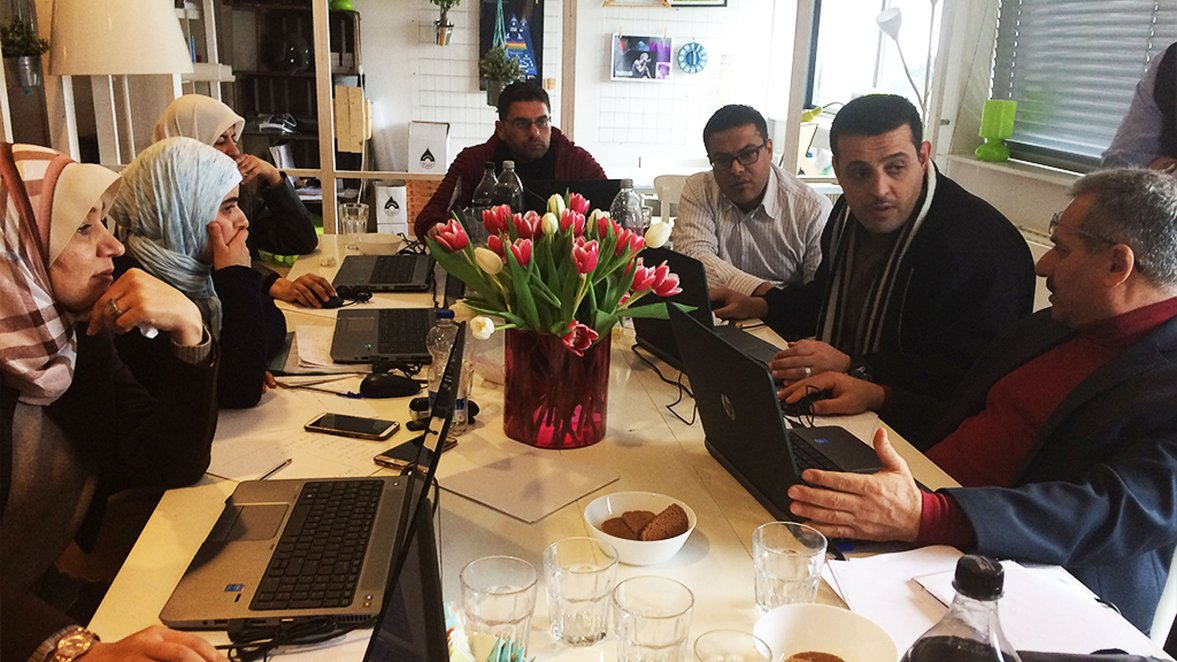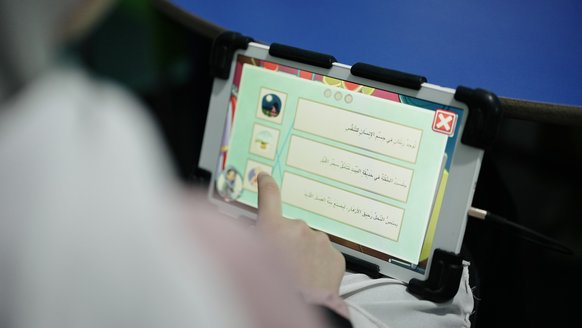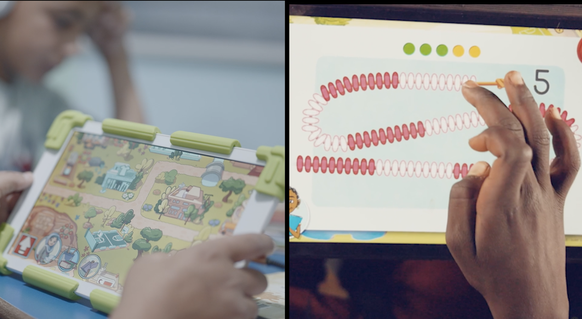Open Source for Education in Emergencies: Insights from Ghislaine Tegha
April 4, 2024

What can you tell us about open-source software in the context of education in emergencies?
“The original idea was that Gobee would be open source. Part of my work was looking at
how you roll out open-source software (OSS) in a resource-constrained setting characterised by instability and lack of resources.
Quite shockingly, there’s no literature on this. So, I ended up doing a desk review looking step by step at what it means to roll out something as open source. We looked at different models of rolling OSS out in other contexts. Typically, it’s a really democratic process where I can come up with a tool and put the code online and then any programmer who has the software can use and make changes based on their needs.
It sounds simple but it’s not. You need a lot of resources - a computer, coding languages, time, internet access and training. It’s unlikely that you will go to a refugee camp and meet a programmer.”
Does it make sense to roll out a tool as open-source in these resource-constrained spaces?
“Sustainability is a big issue in the context of education in emergencies (EiE). Humanitarian interventions aren’t usually long-term. They often come, implement for a period of time,
Then they leave. Also, in the humanitarian context, there’s not a group of programmers ready and waiting to work on this kind of thing – and there’s limited funding.
If you are going to use a tech tool in resource-constrained settings, you need to spend the money. You need to pay a programmer and invest in a solid team to develop and continuously manage the tool - for updates, technical issues etc. Trying to cut costs in this process just means you get a low-quality tool.
Also, OSS isn’t without its challenges. Adapting OSS - that might be available for free online - is incredibly complex and could end up costing you more later down the line.
There is the option to put the code online, on platforms like GitHub, and people can access and do what they want with it. But that also isn’t without issues. In education we are dealing with very sensitive data, so there’s an ethical dimension. That needs some serious thought -
particularly in regards to SEL and working with vulnerable populations.”
So, what is needed to make OSS work in the context of EiE?
“For OSS to work in EiE spaces, we need humanitarian organisations to have software
developers who are willing and able to come together and collaborate for the greater good. It’s very difficult to come up with a sustainable funding measure for this as EiE cannot pay competitively compared to what the private sector can offer.
So, how can we overcome these hurdles? As a sector, we need to look at expectations versus reality and be really honest with ourselves about what’s feasible. We also need buy-in from donors - are they willing to fund projects in a different way?
If we are thinking about sustainability then what is really needed is a spin-off organisation
that has experience in EdTech and the humanitarian sector as well as software developers
that can update and develop a tool and guide the community of users. There is a need to be creative in terms of funding sources and modalities. Who knows what the future holds?”

